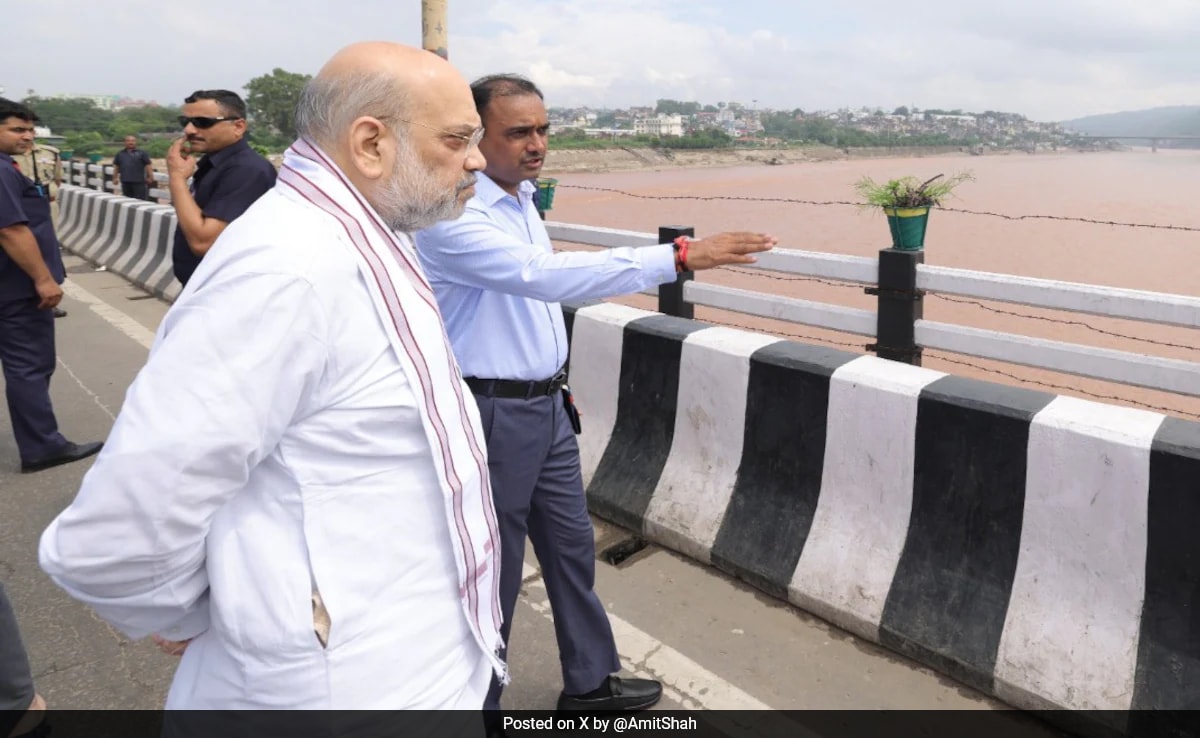HYDERABAD
The Justice P.C. Ghose Commission of Inquiry report on the three barrages of Kaleshwaram Project – Medigadda, Annaram and Sundilla – has held that it was the sole decision of the then Chief Minister K. Chandrasekhar Rao, from the stage of conceptualisation of the project, allegedly as part of re-engineering of the Pranahita-Chevella Project and take up construction of the three barrages.
In its 665-page report, which was tabled and discussed in the Assembly on Sunday, the Commission stated that all the decisions pertaining to the three barrages were taken by the then Chief Minister from the date of formation of the State (June 2, 2014) to the date of granting administrative approvals for the construction of the barrages (March 1, 2016). The report stated that administrative approvals for the three barrages were granted on March 1, 2016 and the agreements were entered into with contract agencies in July-August that year, without obtaining the necessary clearance from the Central Water Commission or even without applying to it for vetting the detailed project report of Kaleshwaram Project. The DPR was submitted to the CWC in February 2017.
On the reasons cited by the then government for change of the main barrage location from Tummidihatti to Medigadda, the Ghose panel report stated that the verbatim of CWC’s observations on hydrology for Pranahita-Chevella on March 4, 2015 and for Kaleshwaram on February 18, 2017 were identical. “If basing upon the observations of the CWC in its 2015 letter, the barrage at Tummidihatti could not be taken up, the same reason holds good for barrage at Medigadda also,” the Commission said.
Citing a letter addressed to the CWC by the Chief Engineer of Kaleshwaram in November 2017 with a plea to examine the cost estimates for 7,38,851 hectares of new ayacut and stabilisation of the existing 7,62,028 ha., the Commission report said: “Even as on May 1, 2018, the CWC was studying the financial aspects of Kaleshwaram, but not approved/finalised”.
The then government had accorded revised administrative approvals in 2018 and 2022, while the clearances/approvals from 11 Directorates, Boards and the Ministry were obtained between October 2017 and June 2018, the Commission report stated. The report pointed out that the time was extended six times in respect of Medigadda, 5 times for Annaram and 8 times for Sundilla for their construction as the contract agencies wrote to the government and had blamed delay in handing over the sites and furnishing designs and drawings for the delay in the construction work.
The Commission held categorically that the three barrages were constructed as reservoirs/dams under the guise and in the name of barrages, though WAPCOS that prepared the DPR had observed that the sites were permeable in nature and witnesses before the Commission including experts opined that only barrages could be constructed on such soils and not reservoirs or dams.
Further, the Commission report held that the Central Designs Organisation (CDO) failed to design the barrages as dams/reservoirs, despite being aware of the fact that they are going to be used as dams and “this basic and fundamental defect in the designing of three barrages is also found to be the major cause for distress of the structures”.
“From conception to construction of the barrages and till the distress caused to them in 2023, there has been rampant and brazen procedural and financial irregularities in planning, tendering, construction, operation and maintenance of the three barrages”, the Commission report said in its conclusions.



.png)
.png)
.png)
















 2 hours ago
2
2 hours ago
2








 English (US) ·
English (US) ·